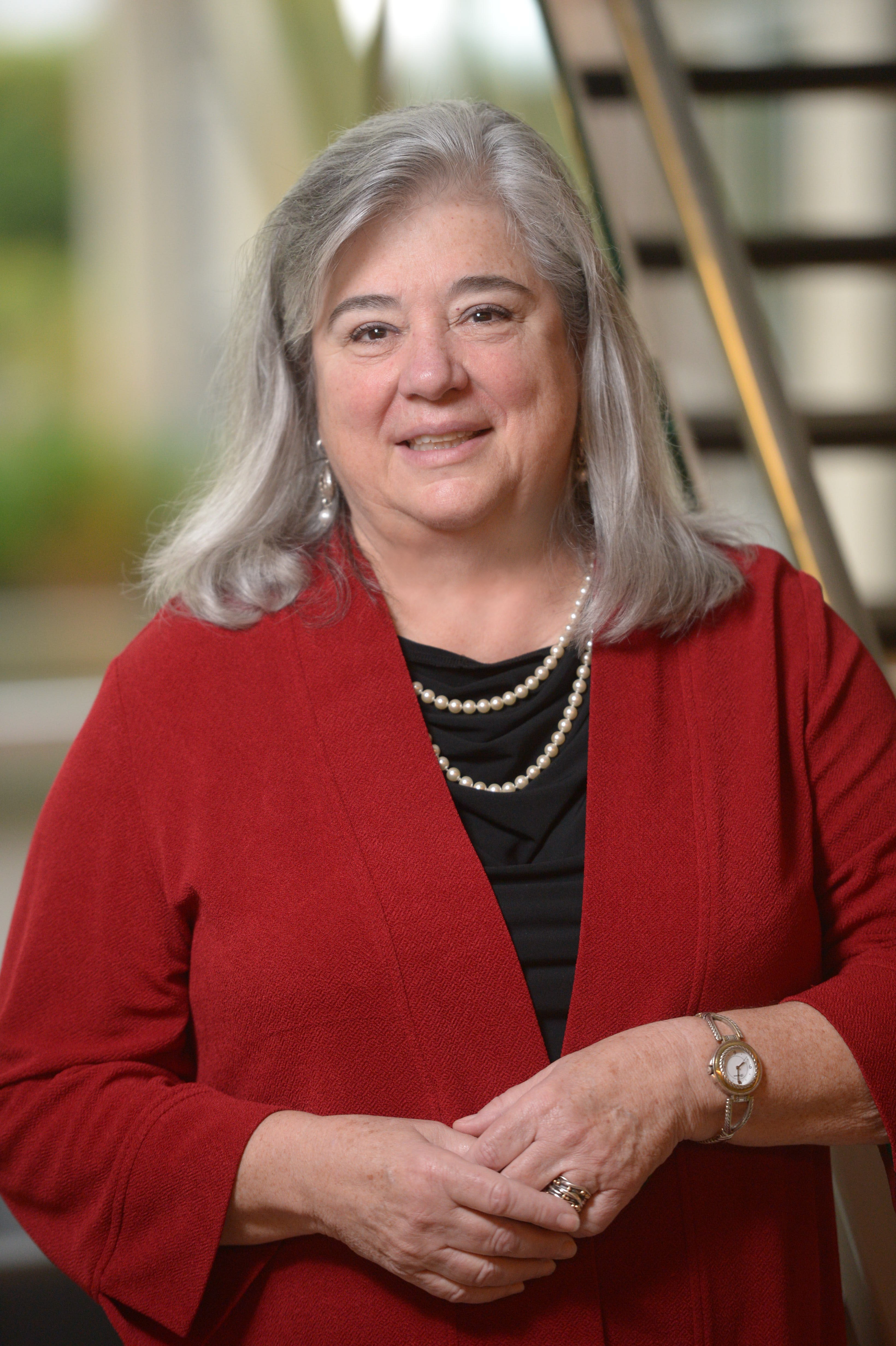We Don’t Have a Crystal Ball, but ONS Is Prepared for Nursing’s Future
The COVID-19 coronavirus pandemic was a wake-up call for preparedness: it caught society unaware and highlighted gaps in virtually every modern-day system. With those lessons learned, when the United States started removing pandemic-related public health restrictions and we began a return to “normal,” experts from all corners of society started looking to what the future will bring.

Issues include whether we are prepared for another pandemic (because we are certain to have another), will remote work remain the norm where possible, and what actions and policy changes will reduce the health outcome disparities that the pandemic only magnified. No one has a crystal ball that can confirm the future, but learning from the past 18 months and preparing for future scenarios is important for ONS, the Oncology Nursing Foundation, and the Oncology Nursing Certification Corporation (ONCC). Here are some of the nursing-related changes we’re preparing for.
During the pandemic, the Centers for Medicare and Medicaid Services granted temporary waivers that allowed new and expended models of care delivery, including telehealth and in-home care. Many of the waivers’ aspects have become permanent, and oncology nurses will have opportunities to develop new roles.
The confluence of the pandemic, social injustice, natural disasters, and polarized politics shed a stark light on inequality. In their Value-Based Payment: What Does It Mean for Nurses? report, Pittman et al. described (https://journals.lww.com/naqjournal/Fulltext/2021/07000/Value_Based_Payment__What_Does_It_Mean_for_Nurses_.3.aspx) how the pandemic highlighted inequalities in health care as well as inadequacies in the public health system. They linked both to the fee-for-service reimbursement model but presented a strong proposition of how nurse-led value-based payment (VBP) models can change the course. Aside from patient financial toxicity, nurses don’t always consider the economics of cancer care, so they advocated for increased nursing education about VBP and other care models.
Other countries have had success with a model called hospital at home, but its use in the United States is limited (https://ascopubs.org/doi/10.1200/JCO.18.01167) because of our current reimbursement models. The programs bring hospital acute care to the home with higher-intensity services than traditional home health care. ONS Past President Kathi Mooney, RN, PhD, FAAN, and her team at the University of Utah recently published (https://ascopubs.org/doi/10.1200/JCO.20.03609) the first prospective evaluation of a U.S. oncology hospital-at-home project. They found that it reduced unplanned hospitalizations and healthcare costs in the 30 days after implementation. Mooney’s program did not include chemotherapy or other infused treatments, but other centers are expanding those treatments to the home, and it holds promise for the future.
These are just the tip of the proverbial iceberg of changes we will see in the coming years. I encourage you to read the articles cited here and to learn about the bigger picture of cancer care. The initiative that ONS undertook two years ago, Oncology Nursing 2019–2029, forecasted (https://voice.ons.org/news-and-views/leadership-is-the-foundational-competency-for-oncology-nursing-in-2029) some of the changes we have seen this year, so we have been prepared. ONS, the Foundation, and ONCC have the resources you need as the cancer care environment changes.
